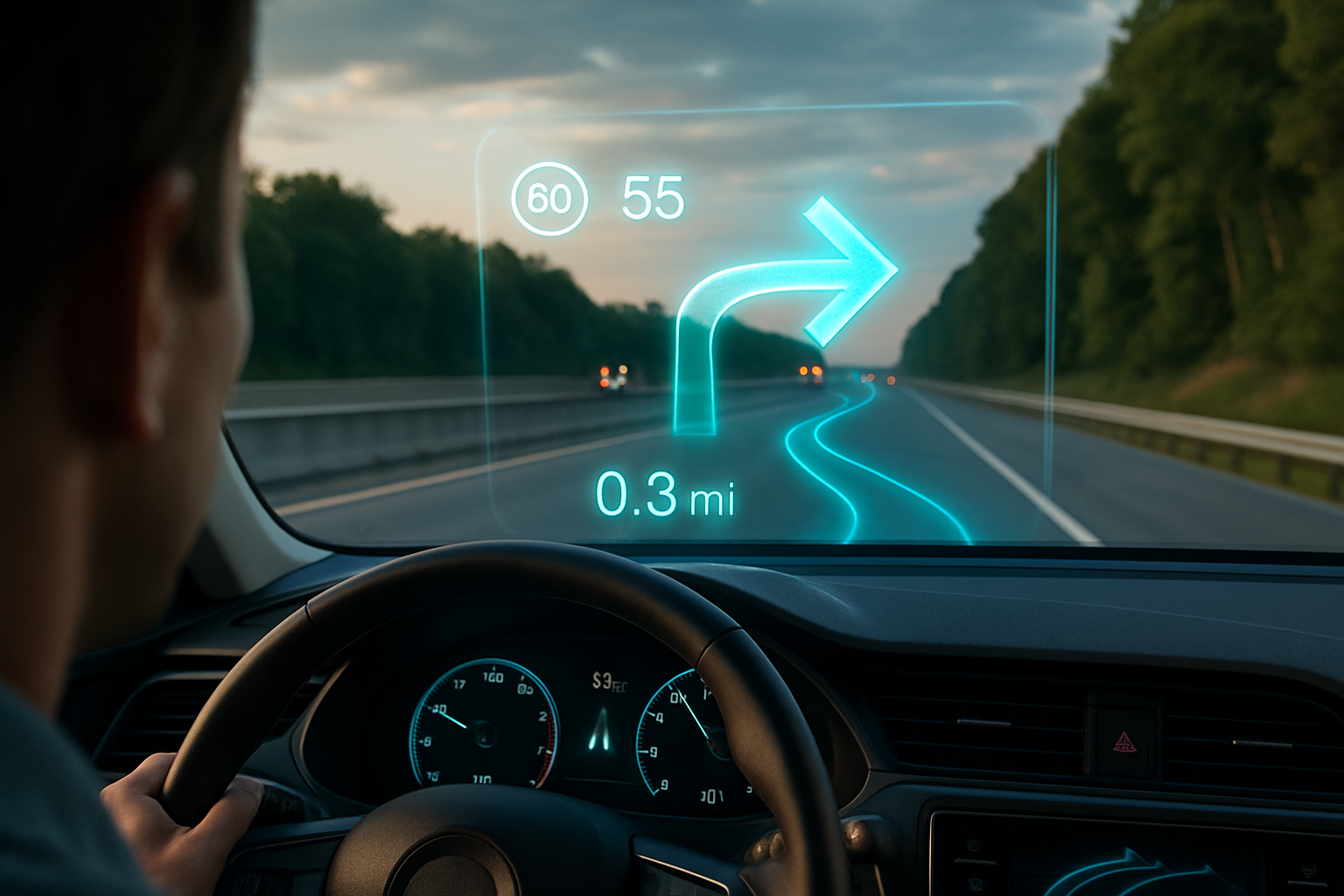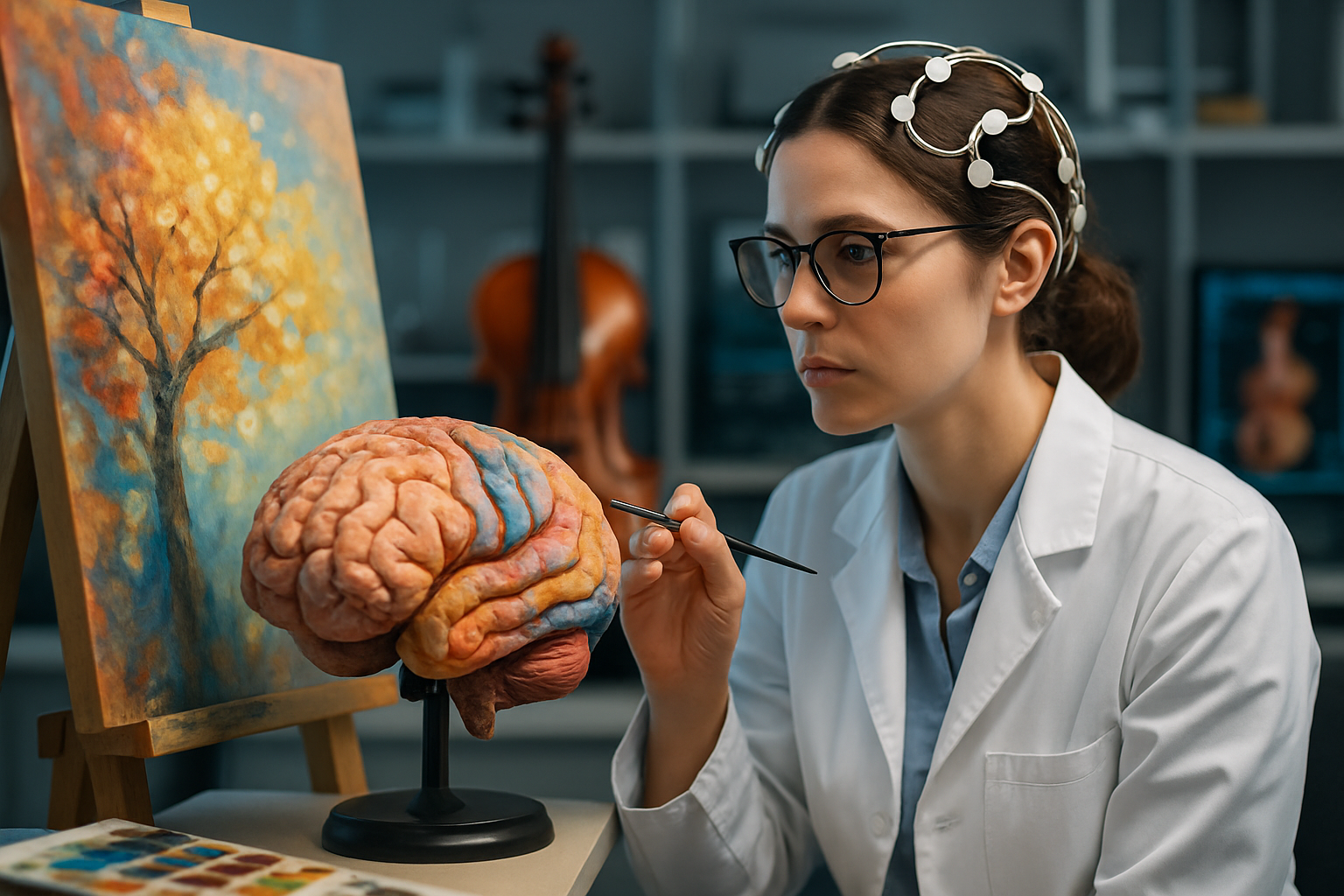Holographic Head-Up Displays: Revolutionizing the Driving Experience
The future of automotive technology is materializing before our eyes, quite literally. Holographic Head-Up Displays (HUDs) are set to transform the way we interact with our vehicles, merging cutting-edge optics with advanced driver assistance systems. This groundbreaking technology promises to enhance safety, improve driver awareness, and redefine the concept of in-car information delivery.

The Evolution of In-Car Information Display
Head-Up Displays have come a long way since their inception in military aircraft during World War II. The automotive industry first adopted this technology in the late 1980s, with simple, monochromatic projections of speed and basic vehicle information onto the windshield. These early systems were limited in their capabilities and often suffered from poor visibility in bright conditions.
As technology advanced, so did the complexity and utility of HUDs. By the early 2000s, color displays became more common, offering improved readability and expanded information sets. However, these systems still relied on two-dimensional projections, limiting their potential for conveying complex data in an intuitive manner.
The advent of holographic technology marks the next significant leap in HUD evolution. By harnessing the power of three-dimensional imaging, holographic HUDs can present information in a more natural and easily digestible format, reducing cognitive load on drivers and enhancing overall safety.
The Science Behind Holographic HUDs
At the heart of holographic HUD technology lies a complex interplay of optics, lasers, and advanced computing. Unlike traditional HUDs that project a flat image onto the windshield, holographic systems create the illusion of a three-dimensional image floating in space.
This is achieved through a combination of laser projection and holographic optical elements (HOEs). Lasers of different colors are used to create the base image, which is then processed through a series of HOEs. These specially designed optical components manipulate the light waves to create a three-dimensional effect, allowing the image to appear at different depths and positions relative to the driver.
The result is a vibrant, high-contrast display that can be easily seen in various lighting conditions, from bright sunlight to pitch darkness. More importantly, the three-dimensional nature of the display allows for more intuitive presentation of information, such as navigation cues that appear to float above the actual road ahead.
Enhanced Safety Through Augmented Reality
One of the most promising aspects of holographic HUDs is their potential to dramatically improve driver safety through augmented reality (AR) features. By overlaying critical information directly onto the driver’s view of the road, these systems can significantly reduce the time a driver needs to look away from the road to gather important data.
For example, navigation instructions can be displayed as virtual arrows that appear to lay on the actual road, guiding the driver through complex intersections or highway exits. Speed limits and other traffic signs can be highlighted or enhanced, ensuring they are not missed. The system can even identify potential hazards, such as pedestrians or vehicles in blind spots, and highlight them with AR overlays.
This seamless integration of virtual information with the real world not only improves situational awareness but also reduces cognitive load on the driver. By presenting information in a more intuitive and context-aware manner, holographic HUDs allow drivers to process critical data more quickly and efficiently.
Challenges and Technological Hurdles
While the potential of holographic HUDs is immense, several challenges must be overcome before widespread adoption becomes a reality. One of the primary hurdles is the development of compact, high-power laser systems capable of producing bright, vivid holograms in the harsh automotive environment.
Another significant challenge lies in the realm of software and image processing. Creating realistic, three-dimensional holograms that accurately overlay the real world requires extremely precise tracking of the driver’s head position and gaze direction. This necessitates the development of advanced eye-tracking systems and powerful onboard computers capable of rendering complex 3D graphics in real-time.
Additionally, there are concerns about potential distraction caused by overly complex or intrusive holographic displays. Striking the right balance between providing useful information and maintaining driver focus is crucial for the success and safety of this technology.
The Road Ahead: Integration and Innovation
As holographic HUD technology matures, we can expect to see increasing integration with other advanced driver assistance systems (ADAS) and autonomous driving features. This convergence of technologies will create a more cohesive and intelligent driving experience, where the line between human and machine input becomes increasingly blurred.
For instance, future holographic HUDs might work in tandem with adaptive cruise control and lane-keeping systems to provide real-time feedback on vehicle positioning and upcoming traffic conditions. In semi-autonomous driving modes, the HUD could display a 3D representation of the vehicle’s planned path, allowing the driver to quickly understand and approve or modify the car’s decisions.
Moreover, as vehicles become more connected, holographic HUDs could serve as a primary interface for a wide range of infotainment and communication features. From displaying incoming calls and messages to showing real-time traffic and weather updates, these systems have the potential to become the central hub for all in-car information.
Conclusion: A Glimpse into the Future of Driving
Holographic Head-Up Displays represent a quantum leap in automotive interface design, promising to transform the way we interact with our vehicles and the road. By merging the virtual and real worlds in an intuitive and non-intrusive manner, this technology has the potential to significantly enhance driver safety, comfort, and overall experience.
As we move towards an era of increasingly intelligent and autonomous vehicles, holographic HUDs will play a crucial role in bridging the gap between human and machine. They will serve not only as information displays but as a vital communication channel between driver and vehicle, fostering trust and understanding in this new paradigm of mobility.
While challenges remain in bringing this technology to mass-market vehicles, the rapid pace of innovation in optics, computing, and automotive engineering suggests that widespread adoption may be closer than we think. As holographic HUDs continue to evolve, they will undoubtedly play a pivotal role in shaping the future of driving, ushering in a new era of automotive technology that was once the realm of science fiction.





